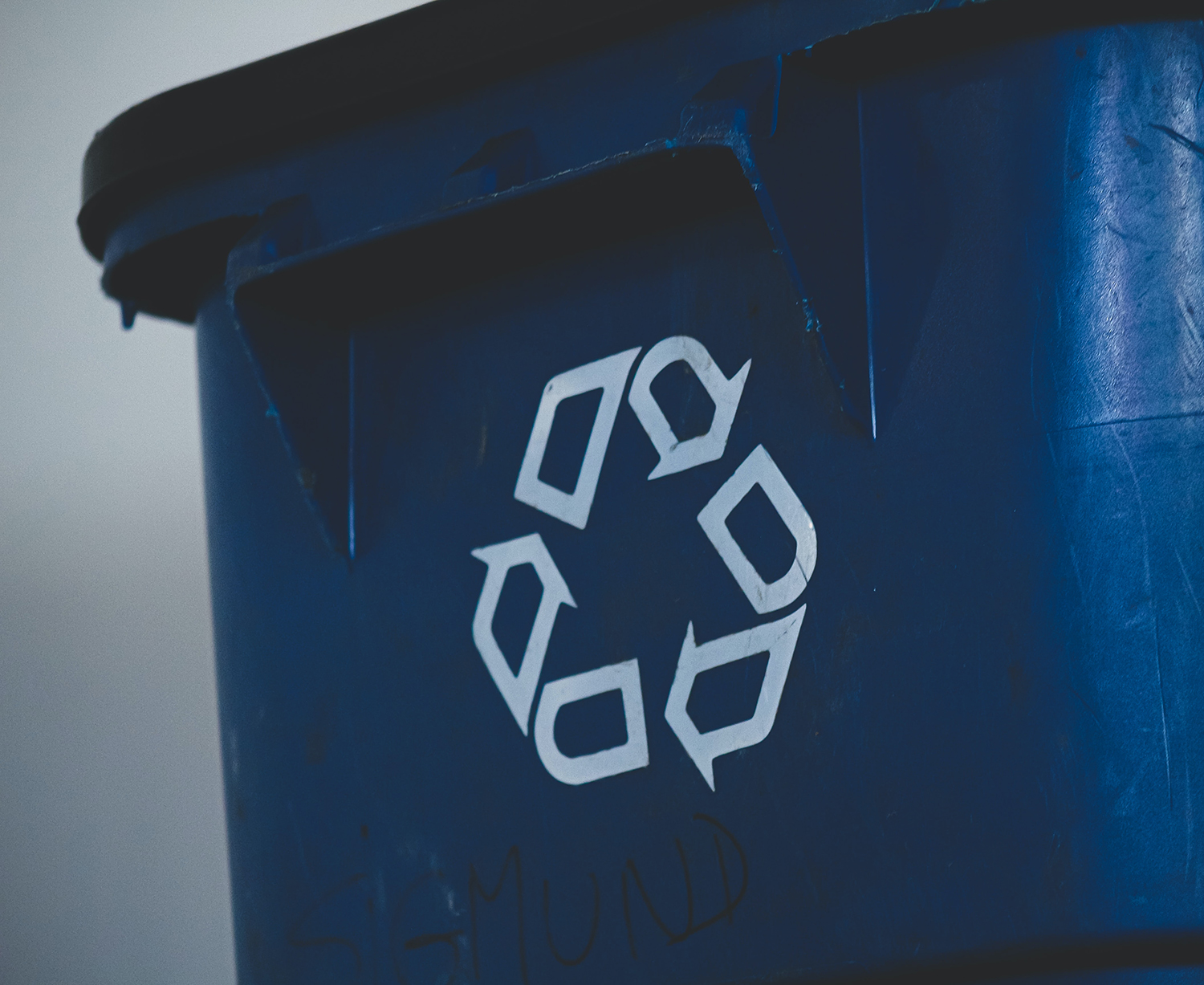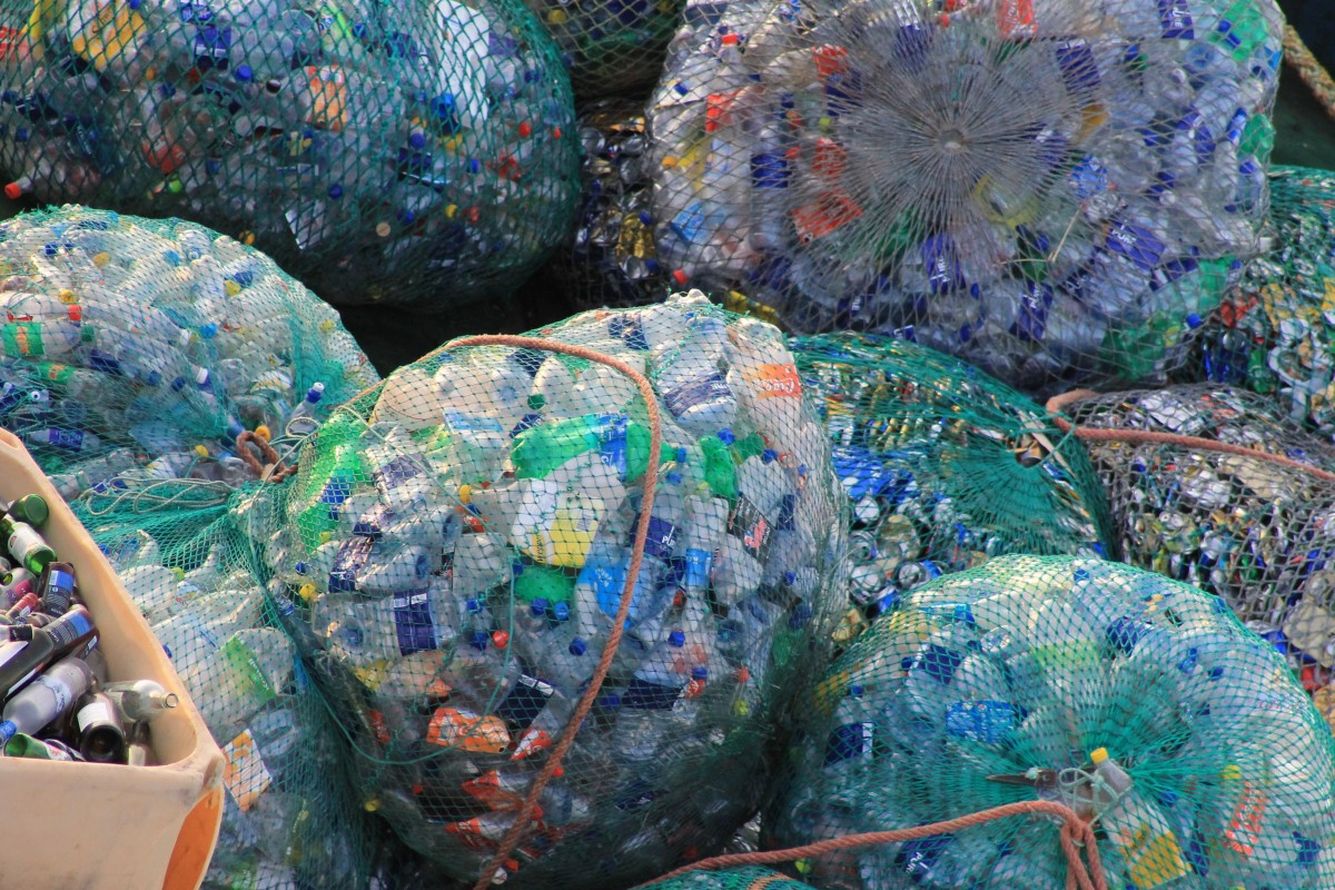Economics – dive in, there is so much to discover!
To effectively roll out circular economy policies within a territory, companies and decision-makers require access to evaluation and simulation tools. The design of these tools, still in the research phase, necessarily requires a more detailed consideration of the impact of human activities, both locally and globally.
“The circular economy enables optimization of the available resources in order to preserve them and reduce pressure on the environment,” explains Valérie Laforest,1 a researcher at Mines Saint-Étienne. Awareness of the need to protect the planet began to develop in earnest in the 1990s and was gradually accompanied by the introduction of various key regulations. For example, the 1996 IPPC (Integrated Pollution Prevention and Control) Directive, which Valérie Laforest helped to implement through her research, aims to prevent and reduce the different types of pollutant emissions. More recently, legislation such as the French Law on Energy Transition for Green Growth (2015) and the Anti-Waste Law for a Circular Economy (2021) have reflected the growing desire to take the environment into account when considering anthropic activities. However, to enable industries to adapt to these regulations, it is essential for them to have access to tools derived from in-depth research on the impacts of their activities.
Decision-support tools for actors
To enable actors to comply with the regulations and reduce their impacts on the environment, they need to be provided with tools adapted to issues that are both global and local. Part of the research on the circular economy therefore concerns the development of such tools. The aim is to design models that are precise enough to be able to characterize and evaluate a system on the scale of an individual territory, while also being general enough to be adapted to territories with other characteristics. Fairly general methodological frameworks can therefore be developed, within which it is possible to determine criteria and indicators specific to certain cases or sectors. These tools should provide decision-makers with the information they need to implement their infrastructures.
At Mines Saint-Étienne and in collaboration with Macéo, a team of researchers is focusing on the development of a tool called ADALIE, which aims to characterize the potential of territories. This tool creates maps of different geographical areas showing different criteria, such as the economic or environmental criteria of these territories, as well as the industries established in them and their impacts. Decision-makers can therefore use this mapping tool as the basis for choosing their priority activity areas. “The underlying issue is about being able to ensure that a territory possesses the dimensions required to implement circular economy strategies, and that they are successful,” Valerie Laforest tells us. In its next phase, the ADALIE program then aims to archive experiences of effective territorial practices in order to create databases.
For each territorial study, the research provides a huge volume of different types of information. This data generates models that can then be tested in other territories, which also enables the robustness of the models to be checked according to the chosen indicators. These types of tools help local stakeholders to make decisions on aspects of industrial and territorial economics. “This facilitates reflection on how to develop strategies that bring together several actors affected by different issues and problems within a given territory,” states Valérie Laforest. To this end, it is essential to have access to methodologies that enable the measurement of the different environmental impacts. Two main methods are available.
Measurements of impact on the circular economy
Life cycle analysis (LCA) aims to estimate environmental impacts spanning a large geographical and temporal scale, taking account of issues such as distance transported. LCA seeks to model all potential consumptions and emissions over the entire life span of a system. The models are developed by compiling data from other systems and can be used to compare different scenarios in order to determine the scenario that is likely to have the least impact.
Read more on I’MTech: What is life cycle analysis?
The other approach is the best available techniques (BAT) method. This practice was implemented under the European Industrial Emissions Directive (IPPC then IED) in 1996. It aims to help European companies achieve performance standards equivalent to benchmark values for their consumption and emission flows. These benchmarks are based on data from samples of European companies. The granting or refusal of an operating license depends on the comparison of their performance with the reference sample. BATs are therefore based on European standards and have a regulatory purpose.
BATs are related to companies’ performance in the use phase, i.e. the performance of techniques is closely scrutinized in relation to incoming and outgoing flows during the use phase. LCA, on the other hand, is based on real or modeled data including information from upstream and downstream of this use phase. The BAT and LCA approaches are therefore complementary and not exclusive. For example, between two BAT analyses of a system to ensure its compliance with the regulations, different models of the systems could be created by conducting LCAs in order to determine the technique that has the least impact throughout its entire life cycle.
Planetary boundaries
In addition to quantifying the flows generated by companies, impact measurements must also include the effects of these flows on the environment on a global scale.
To this end, research and practices also focus on the effects of activities in relation to the different planetary boundaries. These boundary levels reflect the capacity of the planet to absorb impacts, beyond which they are considered to have irreversible effects.
The work of Natacha Gondran1 at Mines Saint-Étienne is contributing to the development of methods for assessing absolute environmental sustainability, based on planetary boundaries. “We work on the basis of global limitations, defined in the literature, which correspond to categories of impacts that are subject to thresholds at the global level. If humanity exceeds these thresholds, the conditions of life on Earth will become less stable than they are today. We are trying to implement this in impact assessment tools on the scale of systems such as companies,” she explains. These impacts, such as greenhouse gas emissions, land use, and the eutrophication of water, are not directly visible. They must therefore be represented in order to identify the actions to be taken to reduce them.
Read more on I’MTech: Circular economy, environmental assessment and environmental budgeting
Planetary boundaries are defined at the global level by a community of scientists. Modeling tools enable these boundaries to be used to define ecological budgets that correspond, in a manner of speaking, to the maximum quantity of pollutants that can be emitted without exceeding these global limits. The next challenge is then to design different methods to allocate these planetary budgets to territories or production systems. This makes it possible to estimate the impact of industries or territories in relation to planetary boundaries. “Today, many industries are already exceeding these boundary levels, such as the agri-food industry associated with meat. The challenge is to find local systems that can act as alternatives to these circuits in order to drop below the boundary levels,” explains the researcher. For example, it would be wise to locate livestock production closer to truck farming sites, as livestock effluents could then be used as fertilizer for truck farming products. This could reduce the overall impact of the different agri-food chains on the nitrogen and phosphorus cycles, as well as the impact of transport-related emissions, while improving waste management at the territorial level.
Together, these different tools provide an increasingly extensive methodological framework for ensuring the compatibility of human activities with the conservation of ecosystems.
1 Valérie Laforest and Natacha Gondran carry out their research in the framework of the Environment, City and Society Laboratory, a joint CNRS research unit composed of 7 members including Mines Saint-Étienne.
Antonin Counillon
This article is part of a 2-part mini-series on the circular economy.
Read more:













Trackbacks & Pingbacks
[…] Economics – dive in, there is so much to discover! […]
Leave a Reply
Want to join the discussion?Feel free to contribute!